Mapping the Social Care tech landscape
The importance of Social Care specific vendors
.png?width=1200&height=640&name=9%20(1).png) For leaders in the Social Care sector, making the right vendor choices is essential. It's not just about adopting technology; it's about ensuring that said technology aligns seamlessly with the unique demands of the sector. This is why choosing vendors that design specifically for Social Care matters so much.
For leaders in the Social Care sector, making the right vendor choices is essential. It's not just about adopting technology; it's about ensuring that said technology aligns seamlessly with the unique demands of the sector. This is why choosing vendors that design specifically for Social Care matters so much.
Let's consider workforce management systems.
Rostering
Non-Social Care specific systems may offer a single roster view, which will not cater to the specific type of care your organisation provides. In contrast, systems designed with Social Care in mind will offer tailored roster views. For instance, if you're a supported living provider, there's the 'People You Support' view, which can be invaluable in ensuring that the people you support are receiving the type of care they need from people with the skills they require.
Contracted hours
Another challenge with industry agnostic systems is their lack of understanding around employees' contracted hours. Social Care has its own set of complexities when it comes to staffing, which you'll be familiar with.
There are varied shift patterns, specific care needs that have to be matched with staff expertise, and other considerations that generic systems will not fully grasp. Without this understanding, there's a risk of mismanagement, which can affect both staff morale and the quality of care provided.
Integrations
If a system is industry agnostic, it's trying to cater to everyone, which often means it caters fully to no one. The result? You might find yourself trying to mould your organisation's processes to fit the system, rather than having a system that adapts to your needs. This can lead to inefficiencies, workarounds, and missed opportunities for streamlining operations.
As the Social Care tech map illustrates, integrations are key in order to build a future-proof tech stack, as no product will ever do absolutely everything to a high-enough standard. Furthermore, industry agnostic vendors are often not willing or equipped to integrate with Social Care specific systems. This means you could miss out on creating the ideal tech stack for your organisation that speaks cohesively across all functions.
So, while the appeal of generic systems might be tempting due to their broad features or perceived market presence, they often fall short in addressing the unique challenges of Social Care. Instead, leaders should prioritise vendors that understand and design their products for Social Care in order to fully reap the benefits of digitisation processes.
The vital link between HR and Scheduling

There are areas of the Social Care tech map which require only one way or infrequent integration (for example, ATS to HR) but there is one section which must have a 100% seamless, near real–time integration, and that is between HR and Scheduling.
Such an integration minimises the risk of errors, improves compliance, and optimises resource allocation. Without this, a lot of inefficiencies can happen, particularly payroll errors.
Here are the main risks of a poor integration between your HR and Scheduling tools:
- Low payroll accuracy: Payroll runs will likely take longer and will be more prone to errors. As a result, staff might be paid incorrect amounts which will lead to frustration and lower retention.
- Increase in manual tasks: Staff might be required to export and import data from different systems and spend more time checking for accuracy and reconciliation discrepancies.
- Loss of contracted hours compliance: In the Care sector, staff often work various shifts at different rates and, sometimes, in different locations. If systems don't communicate effectively, this can lead to underpayment or overpayment of staff, which affects your organisation's cost effectiveness. Staff rights to their contracted number of hours also can also be breached, leading to further issues.
- Error-prone scheduling: Without real-time access to staff availability, certifications, and preferences, the rostering process is likely to suffer. This means that staff without the right qualifications could be scheduled for shifts, leading to frustrations for both employees and those you care for.
Harmonising HR and Payroll
.png?width=1200&height=640&name=5%20(1).png)
A seamless integration of your HR and payroll systems is a key element for a future-proof tech stack.
To understand its impact, firstly you need to take a step back and start with the current state of your payroll processing. It’s not uncommon to discover that there are several individuals responsible for processing payroll in your organisation. At the same time, HR might be functioning completely independent of that. Running payroll without owning pay rates is practically unfeasible, as it also has an impact on absence management.
This fragmented approach, while perhaps unintentional, means a lot of manual reconciliation has to be done for accurate payroll. This leaves room for errors and consumes valuable time and resources.
A good integration between these systems would mean that no information needs to be inputted twice and that no dependency is overlooked. Once the rota is due to be processed, it can be ‘locked down’ for payroll. This ensures that all exceptions, including overtime or sick pay, are considered and adjusted correctly before hours worked are calculated and reflected in employees’ pay.
This not only reduces the manual work for your staff but fosters trust among employees that their pay mirrors their time worked. If your systems aren’t currently integrated correctly, your teams may be spending a lot of time fixing last-minute changes to avoid payroll errors. This highlights the necessity of ensuring your systems speak to each other seamlessly, beginning to end.
Is it really an all-in-one solution?

You might think that because you are buying various features and modules from the same provider, they will natively integrate, and that would be a natural assumption to make. But that's often not the case.
Always question your shortlisted providers on how the product team is structured, and how individual features interact with each other. For example: Is Time & Attendance developed by the same product team and sits within Scheduling or is it a completely separate product?
You might be surprised that although advertised as an ‘all-in-one solution’, manual workarounds and integrations might be necessary, especially for tech providers which grew through acquisitions.
Unexpected surprises can and will appear weeks later, during the roll out process, such as features not being interlinked or regular requirements for manual CSVs, all of which put pressure on your internal tech team and lower your operational efficiency.
Quality over quantity?
.png?width=1200&height=640&name=7%20(1).png)
With the recommendations above in mind, we wanted to provide a map to building a long-term, efficient tech stack for Social Care organisations looking to prioritise growth, employee wellbeing, and quality of care.
The Social Care tech map has over 10 key tech vendor types, helping multi-site organisation run their day-to-day operations smoothly.
However, this does not necessarily mean 10 separate contracts and relationships, as there are now tech suppliers covering multiple areas of the map, allowing you to consolidate your providers. For example, if your existing eMAR vendor also offers Care Planning, but their Care Planning features are not equivalent to those offered by a specialist Care Planning vendor, then it might not make sense to consolidate.
What if the eMAR vendor then says that their roadmap will bring all Care Planning features to a parity soon? That would be great news, but more due diligence might be required. Do they have a good track record of releasing new features and will they have a dedicated engineering and product team to deliver these? Answering these questions during the tender process will prevent a lot of potential issues in the long-term.
Questions to ask tech vendors during the selection process:
- What does your product roadmap look like?
- Which products and features have you released in the last 12 months?
- What is the level of communication between your separate products?
- How do you approach integrations with other providers [relevant to your Care organisation]?
As appealing as it seems to have one contract, one point of contact, one implementation process and one login for your staff, if this comes at the cost of employees not being able to perform required tasks to the level they need and without excessive admin, then the potential efficiency gains will be lost.
The ultimate goal is to deliver business value and enhance the customer and employee experience. This can only be achieved when both providers and organisations are transparent about their needs and limitations.
Integrations debunked
.png?width=1200&height=640&name=8%20(2).png)
Integrations between software applications come in various forms, and the choice of integration type depends on the specific needs and capabilities of each software.
A true all-in-one solution answering several needs (e.g. scheduling and HR) should not require an integration, unless the different components were developed as separate products, by different parties initially. Make sure to ask your potential provider if they built their different products or if they grew through acquisition.
As we mentioned earlier, some integrations are vital to the wellbeing of a care organisation. The most robust integration type would be the API, as they are highly flexible and allow data to be shared and synchronised in real time. Typically, your e-rostering system must be impeccably integrated with your HR system if you’re choosing two different providers.
Not all integration have communicate at such a granular level, as not all areas of an organisation need to 'talk' to each other. You wouldn’t necessarily need a real time integration between a residents CRM and a staff payroll provider.
Integrations can also be one-way-only exchanges of data files from one tool to the next. For example, you can send CSV files from your LMS (Learning Management System) to your HR system anytime there is a new certification from one of your employees, but you wouldn't often have to move data from HR to the LMS.
These are some essential questions to ask tech vendors during the selection process in order to ensure you have a good understanding of what they're offering:
- Do you have existing clients with a similar tech stack? If so, how are their integrations set-up?
- What type of an integration is it exactly? (API, file-based, custom or other)
- Is it a batch or a real-time integration?
Overall, the Social Care tech map is designed to help you navigate your shortlisted providers and ensure the solutions you select will work together efficiently in the long-term.
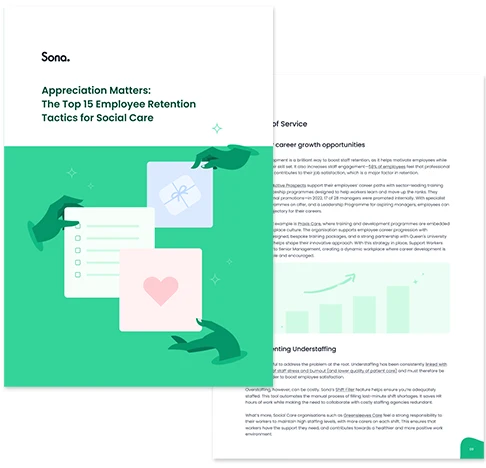
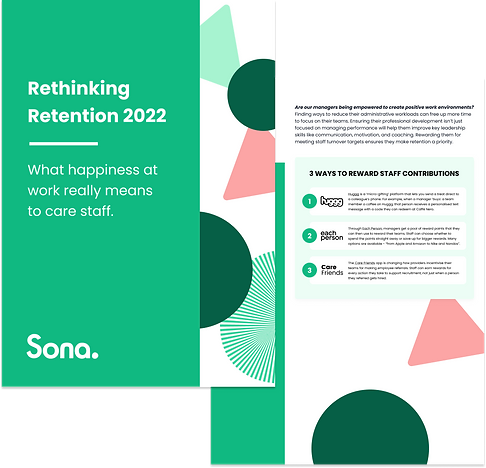
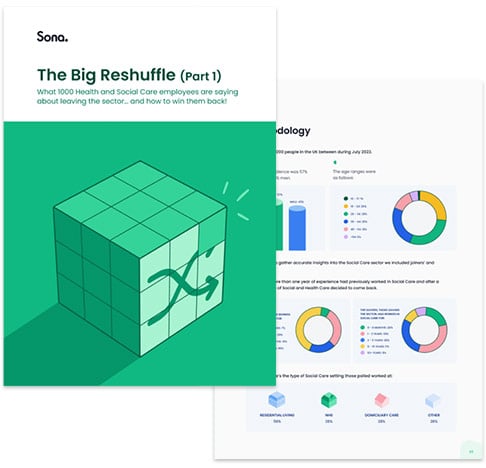
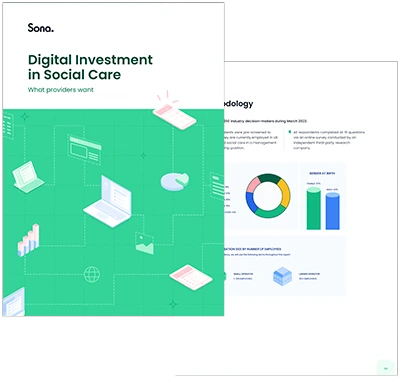
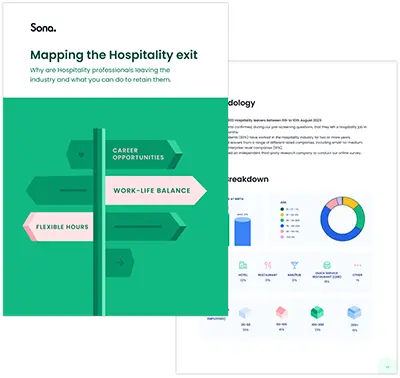

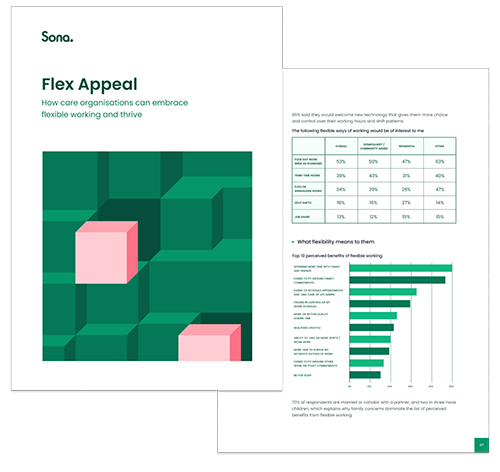
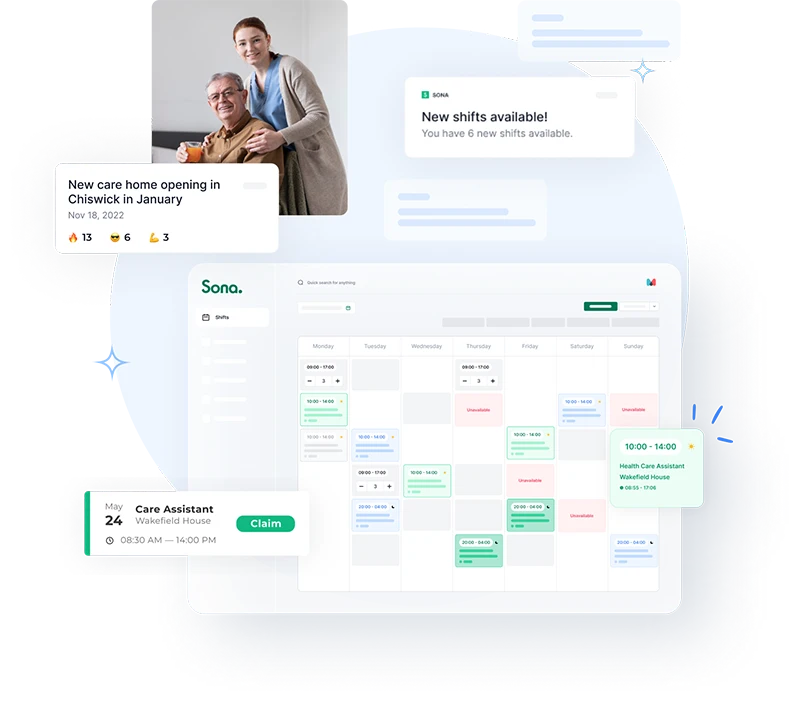
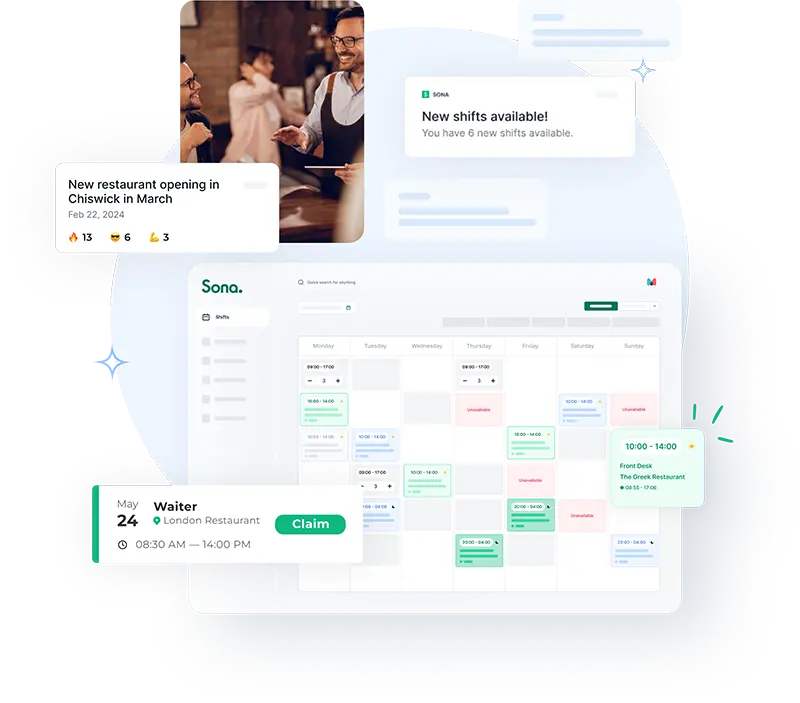

.webp)
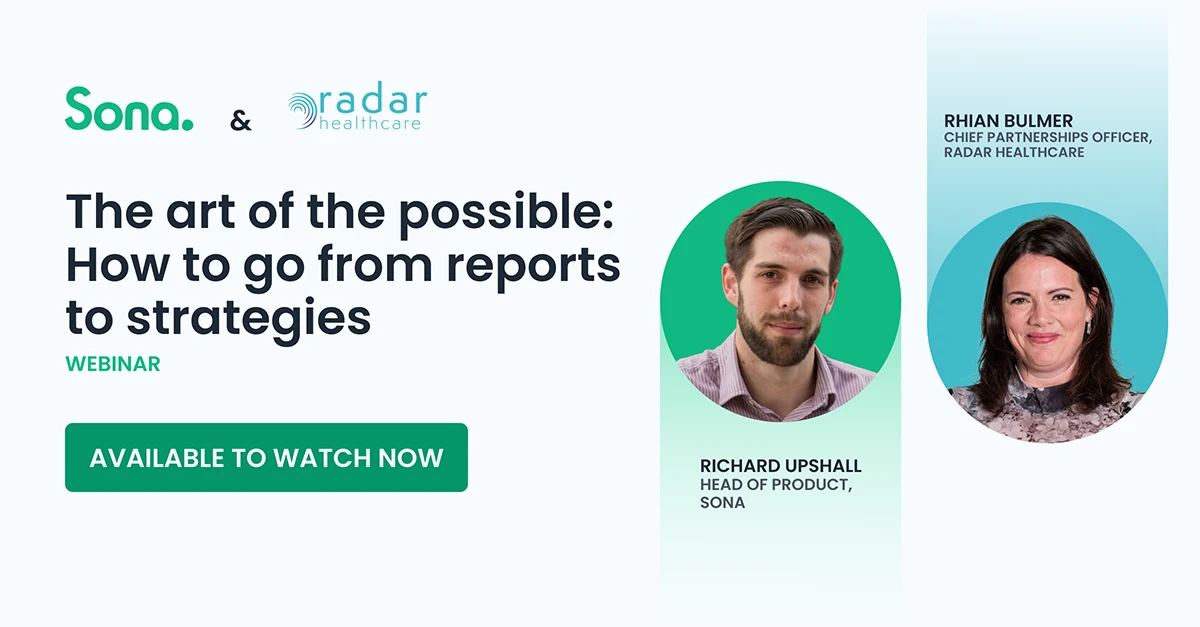
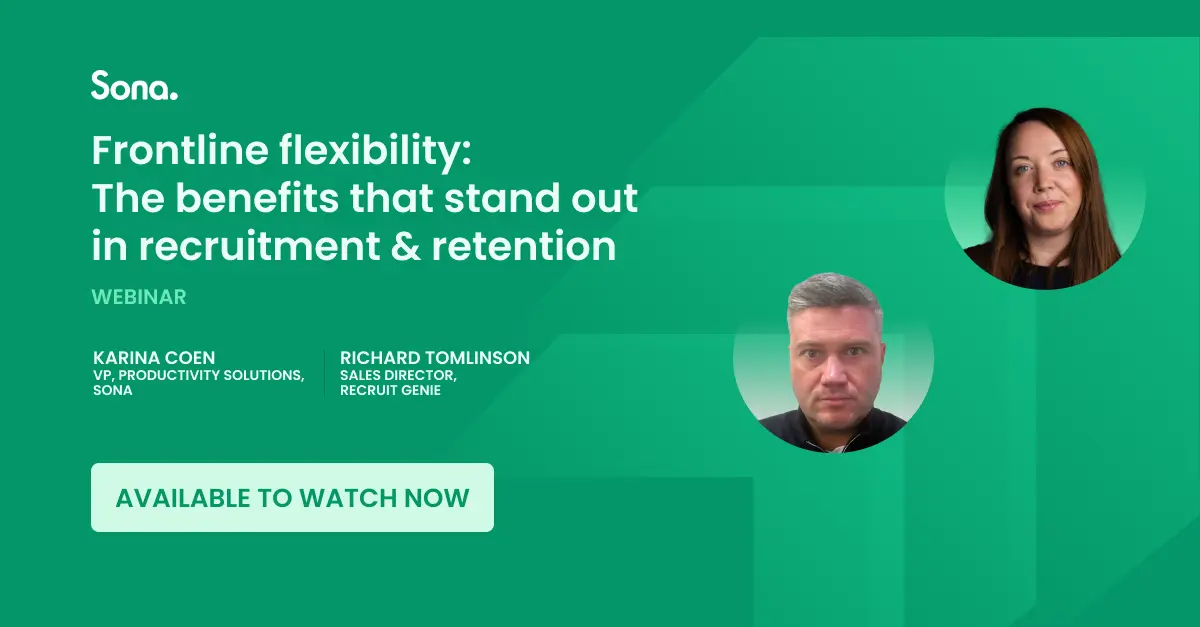


.png?width=1200&height=640&name=1%20(1).png)
.png?width=1200&height=640&name=2%20(2).png)
.png?width=1200&height=640&name=3%20(2).png)
.png?width=1200&height=640&name=9%20(1).png) For leaders in the Social Care sector, making the right vendor choices is essential. It's not just about adopting technology; it's about ensuring that said technology aligns seamlessly with the unique demands of the sector. This is why choosing vendors that design specifically for Social Care matters so much.
For leaders in the Social Care sector, making the right vendor choices is essential. It's not just about adopting technology; it's about ensuring that said technology aligns seamlessly with the unique demands of the sector. This is why choosing vendors that design specifically for Social Care matters so much.
.png?width=1200&height=640&name=5%20(1).png)

.png?width=1200&height=640&name=7%20(1).png)
.png?width=1200&height=640&name=8%20(2).png)